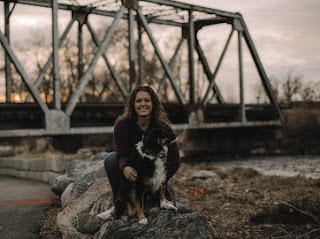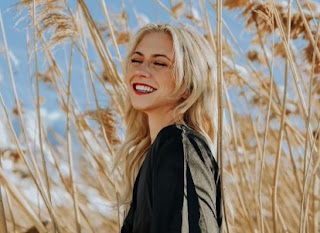When I first started Bridle Ranch, I had the benefit of having already worked at two different therapy barns. I had seen firsthand some of the methods that can be used in order to keep various sensitive populations safe. I had also had the benefit of many falls and several broken bones. All of this combined to teach me both what can be done, and why it should be done, to help people stay safe while riding.
The obvious safety measures are wearing helmets and appropriate clothing. Truthfully, though those are important, they are our last line of defense.
Today, I want to discuss some of the other, no less important, layers of safety that are built-in to Bridle Ranch.
Happy Horses
Previously, we posted about Keeping Horses Happy. It seems like a fluffy, sentimental thing to keep one’s horses happy. After all, horses are rugged! They helped to tame the west! But here’s the thing: A sour, grumpy horse is going to start acting out. They will sometimes bite, kick, toss their head, crow-hop, buck, rear, bolt, or just refuse to listen to cues. Any of those circumstances make for an unpleasant ride, and many of them are dangerous. So, it makes sense to keep our horses happy, which helps them to be less likely to act out because of frustration or pain.
Calm Horses
Bridle Ranch horses, up to this point, have not been fast horses. They don’t prance and jump, they aren’t looking for the finish line. That’s because we try to acquire horses that really want to take a nap. From a beginner rider standpoint, it is much better to have a horse that doesn’t want to go than to have one that runs or jumps away.
Confident Horses
Horses are prey animals. They are very aware that they are prey animals. They know on a very deep level that when something goes wrong- or even different- in their lives, they are likely to die. What does this mean for Bridle Ranch? It means we keep things predictable for them. During lesson times, the horses are very familiar with their environment, the tack, the people, and even the exercises we do. Outside of lesson times, though, we exercise their emotions. We take them on walks to unfamiliar places. We introduce new toys. We try new games. In this way, the horses are familiar with the feelings that come with new experiences. They know better how to deal with the unfamiliar, and are less likely to bolt when something unexpected happens during a lesson.
Coming to the Middle
Much of the instruction done at Bridle Ranch happens in the center of the arena. There are several reasons for this. Of course, it just makes sense for everybody who is working on the rail to come in to the middle; that’s where the instructor is. But, we have an ulterior motive. As the instructor is speaking, the horses are usually getting a break. They get to relax. Nobody is asking them to do anything. They begin to think of the center of the arena as a place of safety, which is always a horse’s first concern. Hence, when a student loses control of the horse, our horses know to come into the middle. They come in, they stop, and they breathe. It’s a built-in safety mechanism that is continually reinforced.
Instructors as a Safety Net
From the very first day out here, our students are learning to be in control of their own horses. However, every instructor also knows that they are in charge of the arena during their lesson. They are taught early how to speak effectively with the horses on the ground, and they can always reinforce the cues a student is giving. The fewer cues an instructor has to give, the further a student has progressed. And, when a horse is having an “off” day, the instructors are there to help the ride go well. This also helps to reinforce the horses’ training, which allows us all to improve.
Happy Atmosphere
It is well known that horses pick up on the emotions around them. At Bridle Ranch, we do our best to create a happy atmosphere, which helps the horses to stay calm and happy. We also do our best to build confidence in our riders. Because of horses’ natural social structure, they like to know who is in charge. When a rider is confident, they can give clear clues to the horses. When the horses know who to listen to, they become confident and happy in the situation. Everyone has a good experience (usually) and Bridle Ranch quickly becomes one of the happiest places in a person’s life!
Smile and Ride, dear Centaurs! And stay safe!
-CR


















